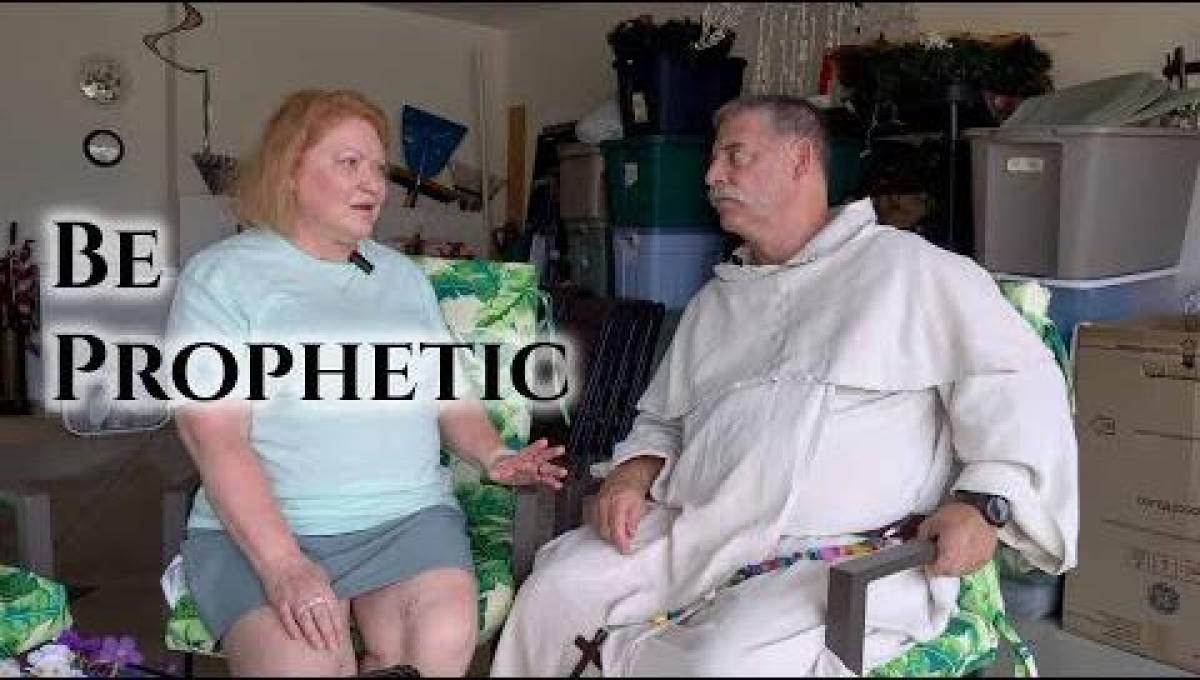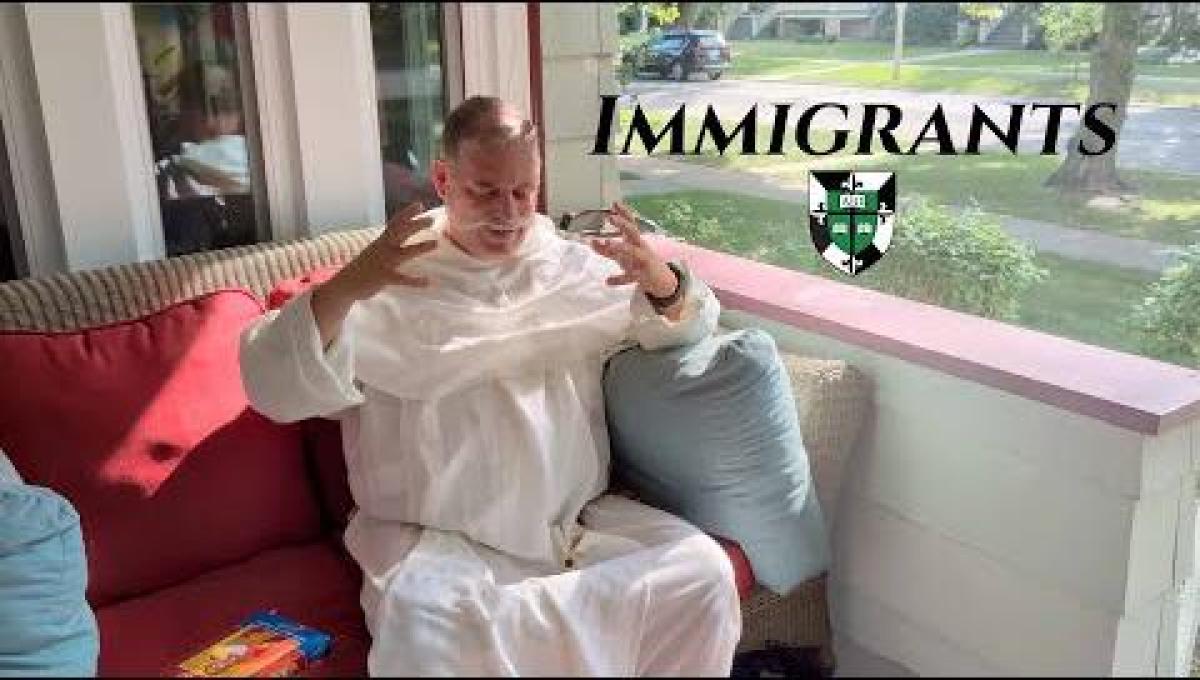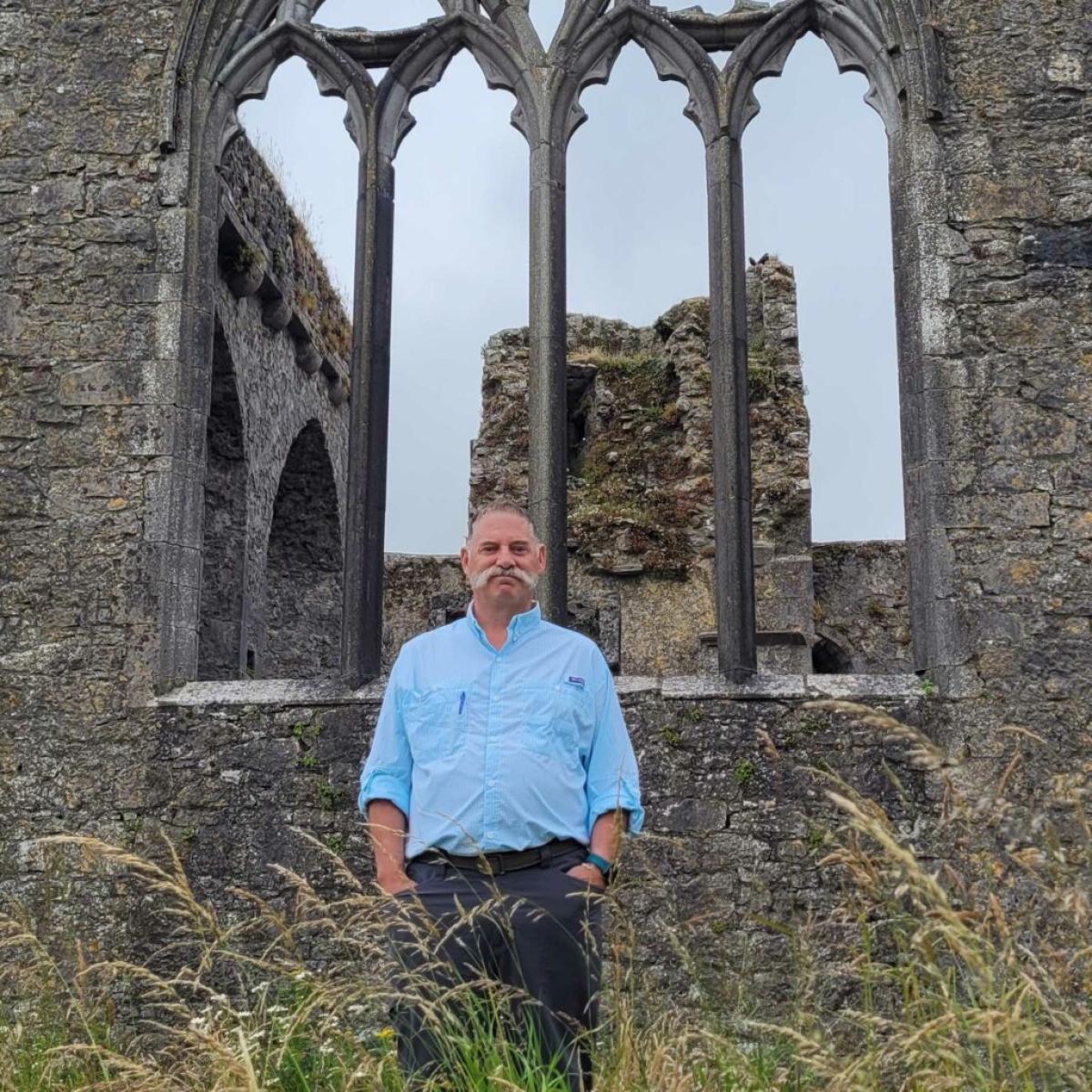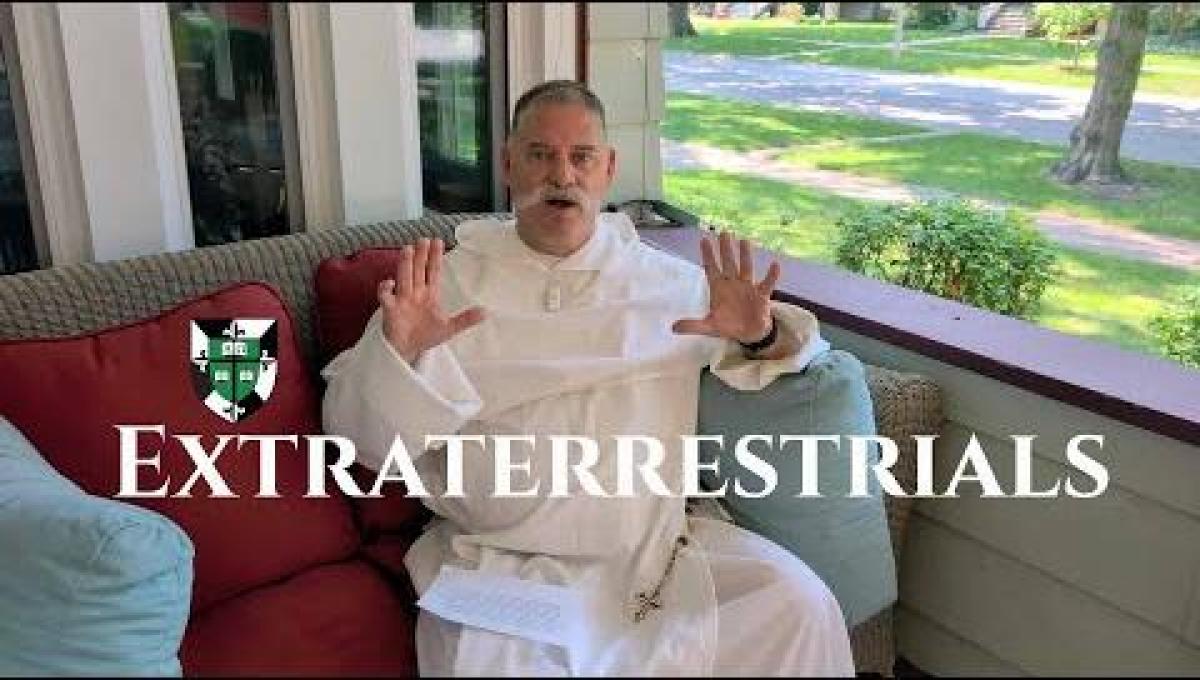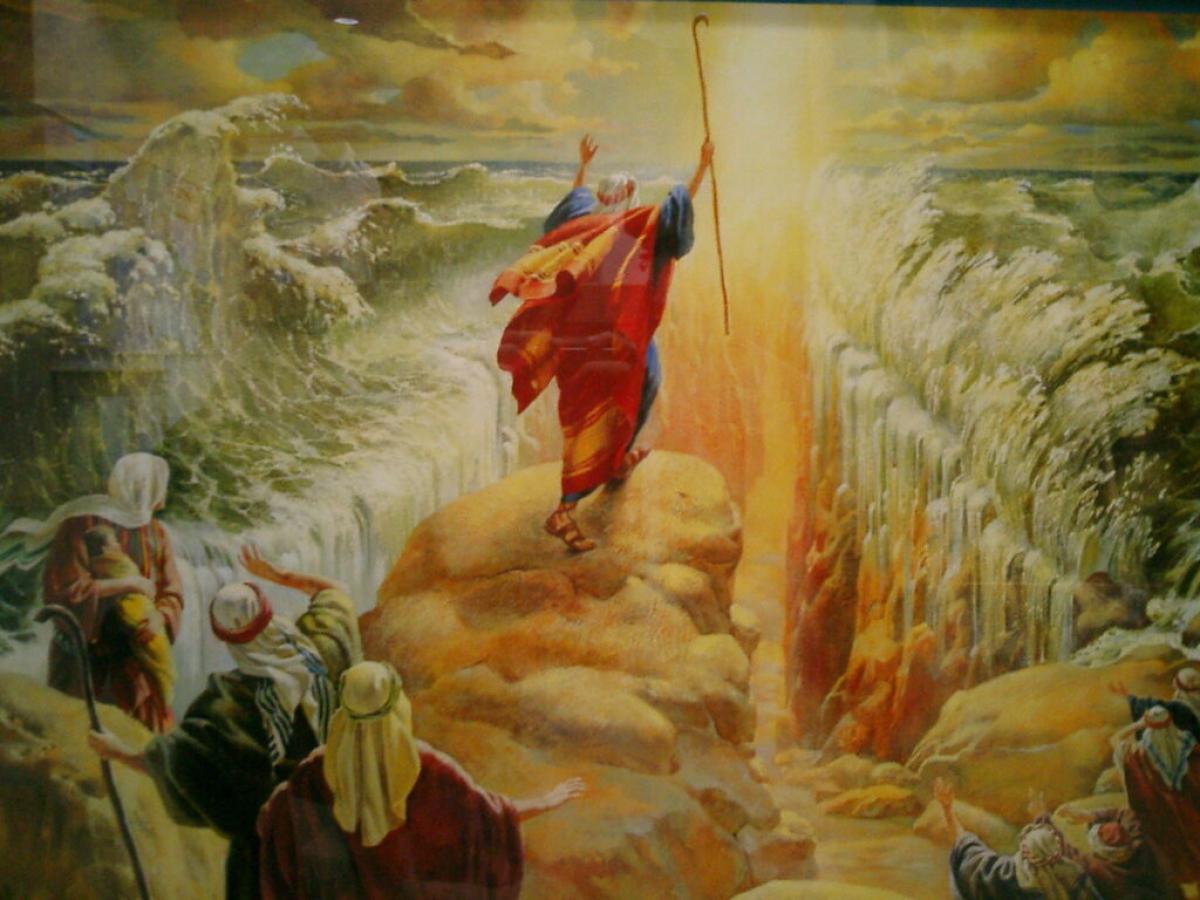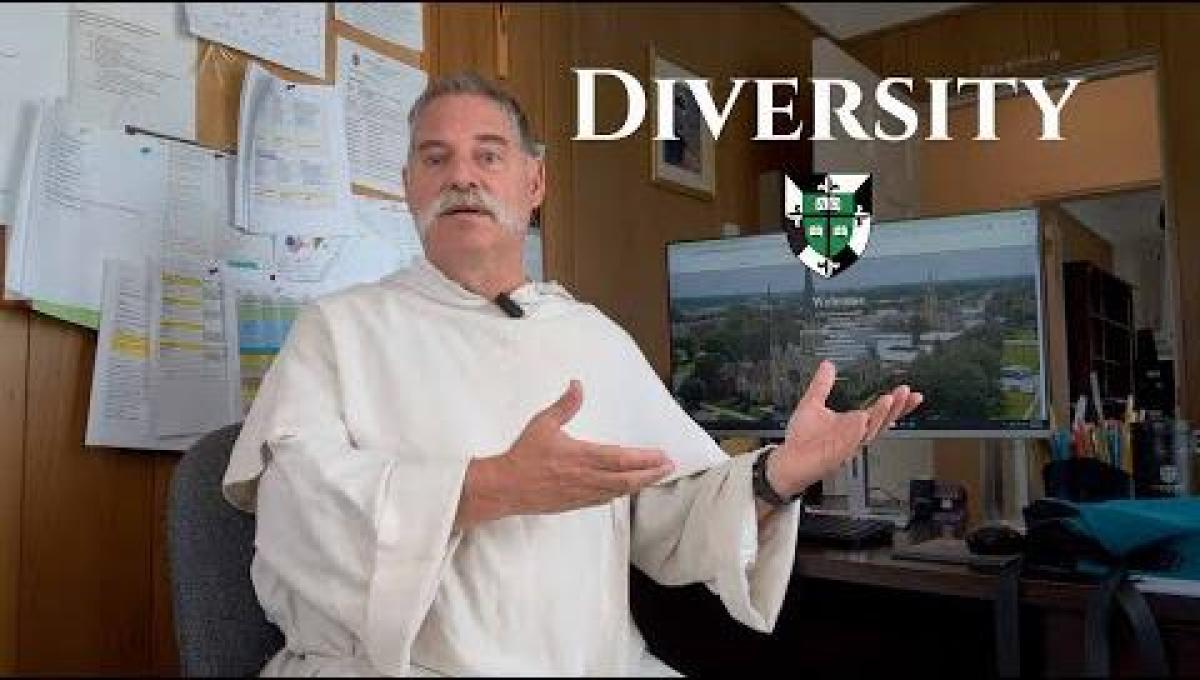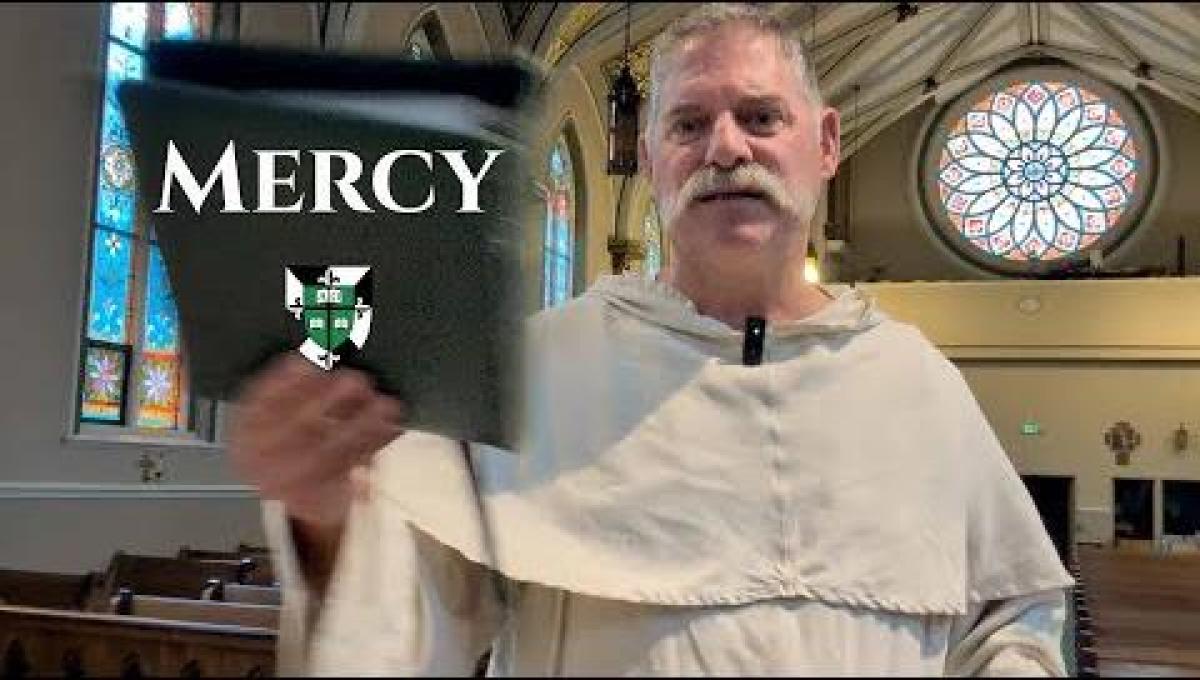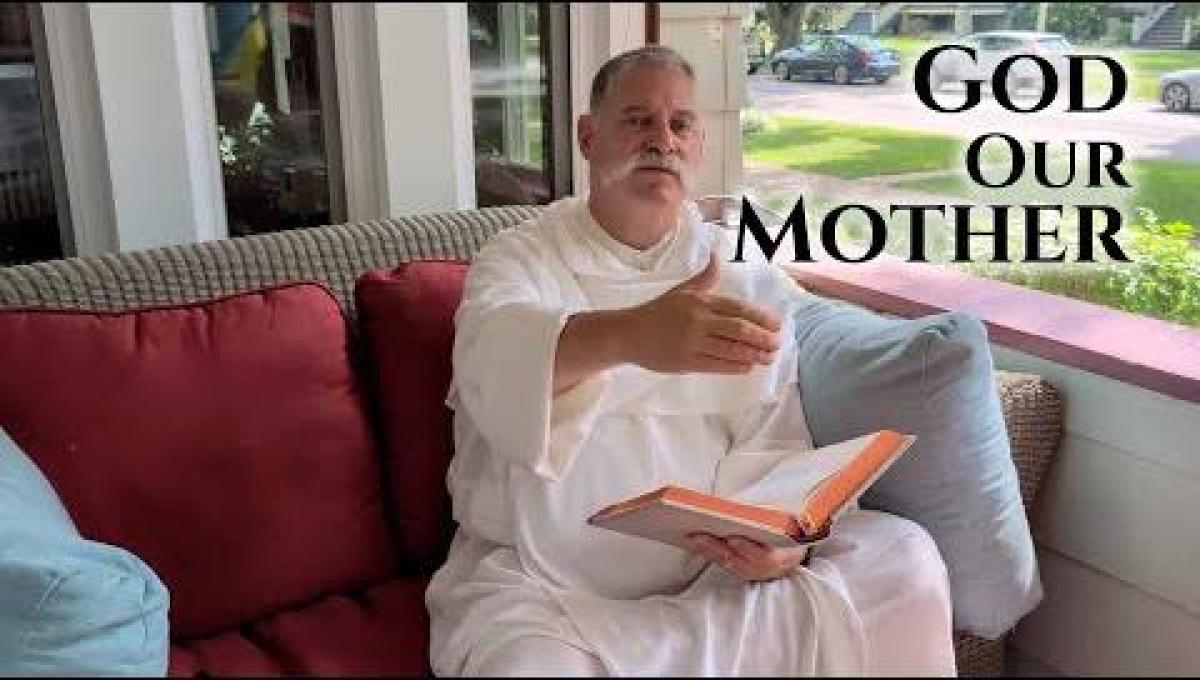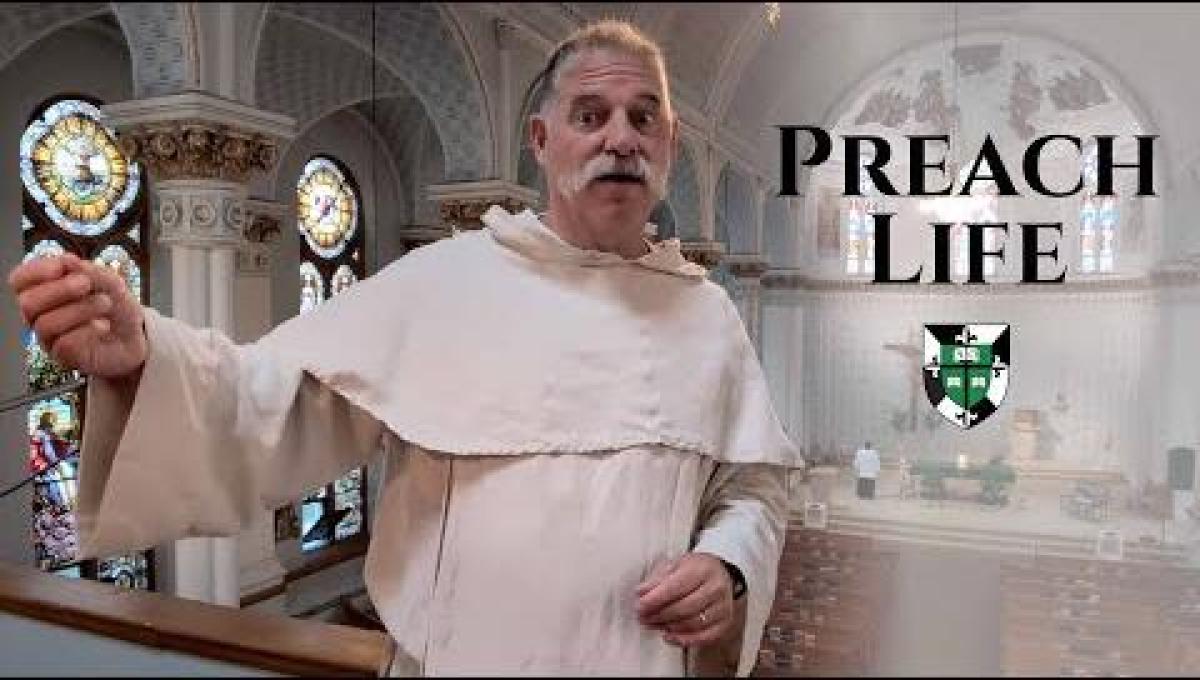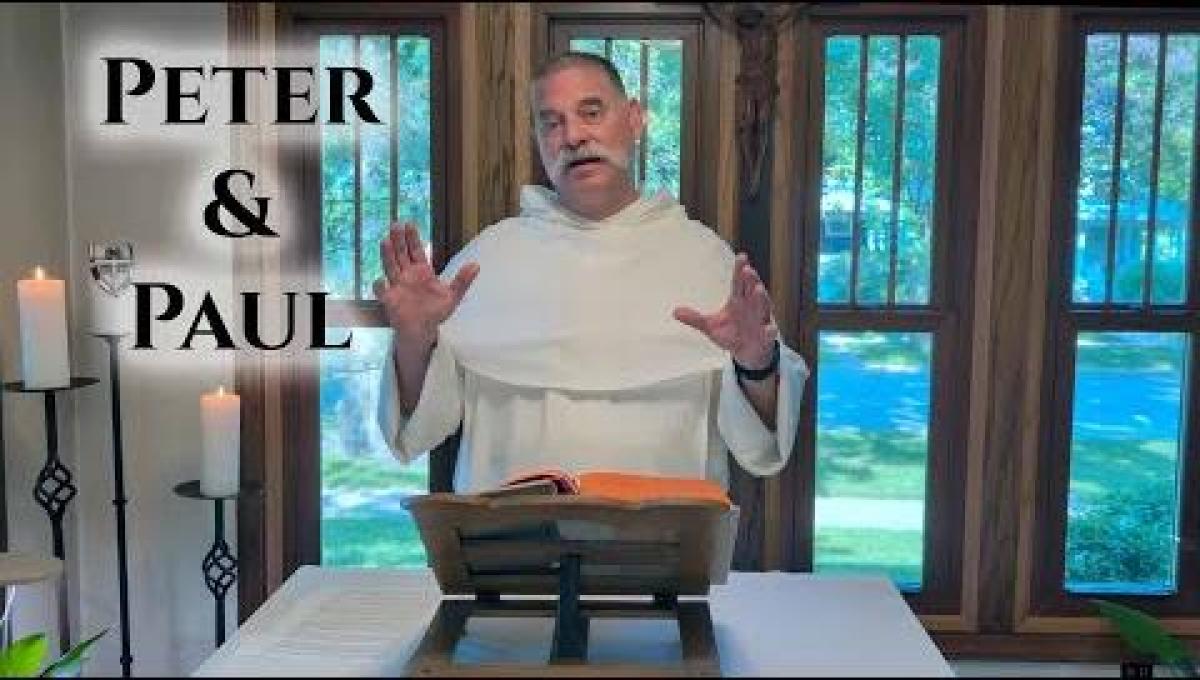The Twentieth Sunday in Ordinary Time
The video powerfully connects ancient biblical themes of prophetic courage with contemporary challenges. The informal garage setting and family context make the message very relatable while addressing serious themes about standing up for justice, trusting God when facing consequences, and the call for all Christians to be prophetic voices in today's world. Karen's story provides a concrete example of what prophetic action looks like in professional healthcare settings.
